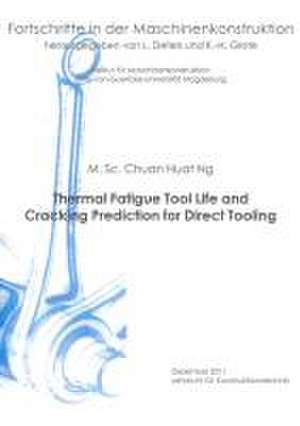Thermal Fatigue Tool Life and Cracking Prediction for Direct Tooling
Autor Chuan Huat Ngen Limba Engleză Paperback – 30 noi 2011
Preț: 291.77 lei
Nou
Puncte Express: 438
Preț estimativ în valută:
55.83€ • 60.84$ • 47.05£
55.83€ • 60.84$ • 47.05£
Carte indisponibilă temporar
Doresc să fiu notificat când acest titlu va fi disponibil:
Se trimite...
Preluare comenzi: 021 569.72.76
Specificații
ISBN-13: 9783844006353
ISBN-10: 3844006354
Pagini: 238
Ilustrații: 99 farbige Abbildungen
Dimensiuni: 146 x 211 x 20 mm
Greutate: 0.34 kg
Editura: Shaker Verlag
ISBN-10: 3844006354
Pagini: 238
Ilustrații: 99 farbige Abbildungen
Dimensiuni: 146 x 211 x 20 mm
Greutate: 0.34 kg
Editura: Shaker Verlag
